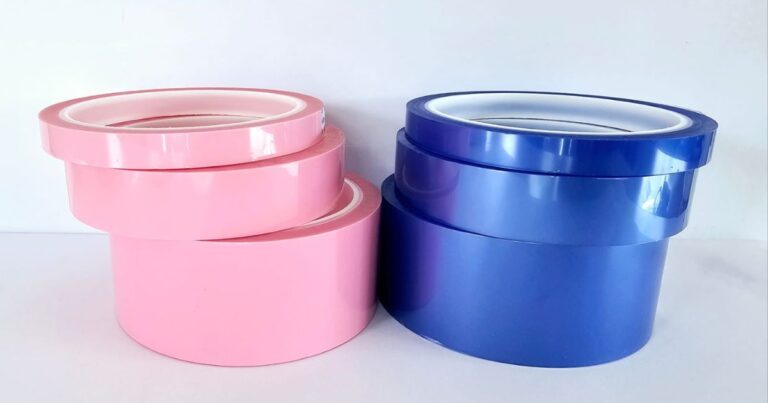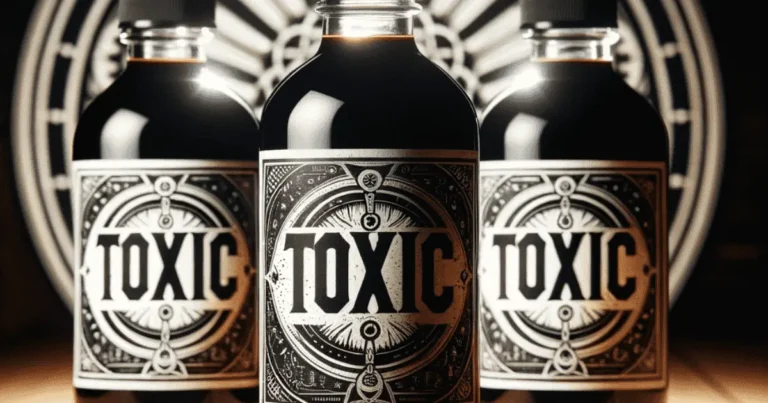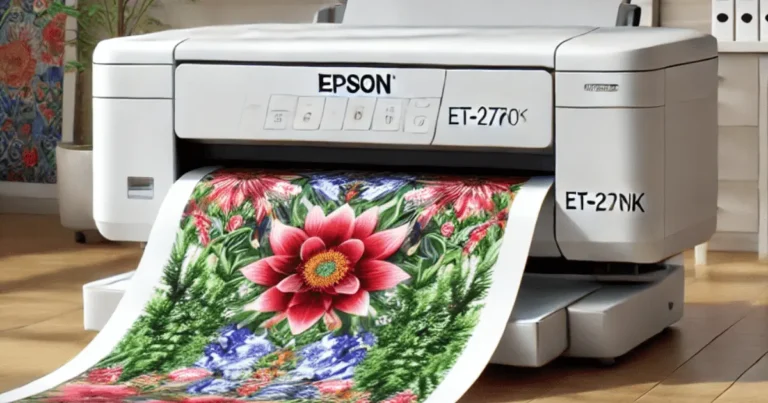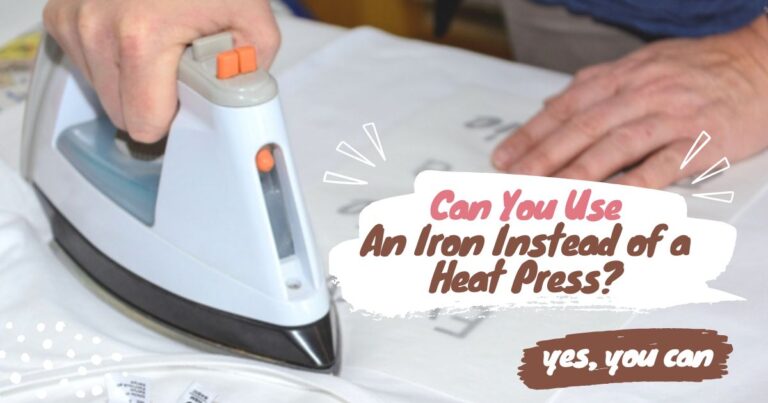Can you Sublimate on Bamboo Fabric
Do you want to know that can you sublimate on bamboo fabric? All of the information you require is provided. Read on.
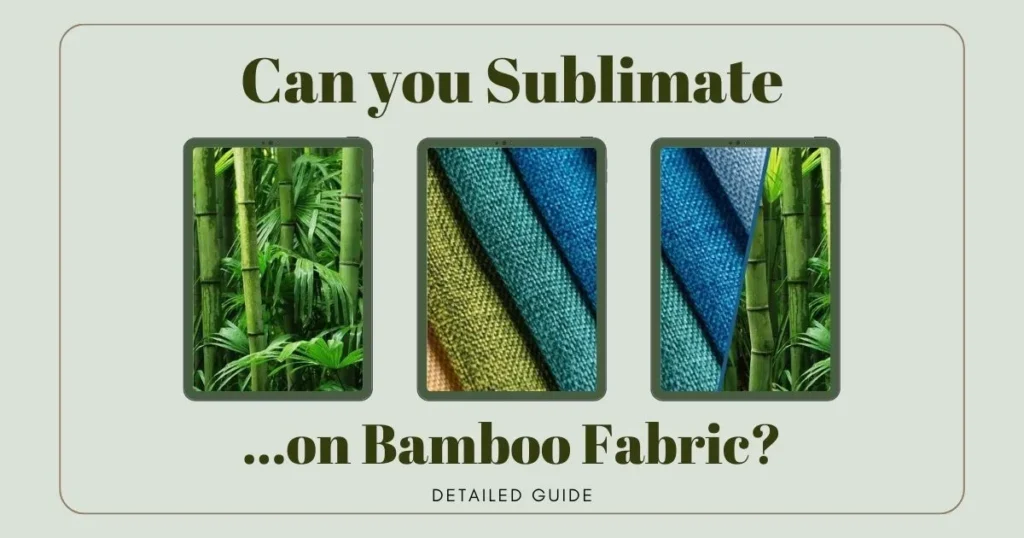
Being eco-friendly, bamboo fabric is a good pick. It’s soft, great at letting air flow, and good at dealing with water. It’s great for clothes because of this. Dye sublimation can be used to print on bamboo fabric, but the ink needs to be coated in a certain way to stick to the fabric.
Yes, you can sublimate on bamboo fabric, but it depends on the fabric’s composition. Pure bamboo fabric may not hold sublimation inks well. However, bamboo fabric blended with polyester (at least 60% polyester) is suitable for sublimation, allowing for vibrant and durable prints. Ensure the fabric’s polyester content is high enough to achieve good results.
Hold on tight, because we’re going to talk about a very interesting part of eco-friendly fashion: how can you sublimate on bamboo fabric in a new way!
Have you heard of fashion that lasts? It’s like a cool club where clothes are both cool and good for the earth. People are getting into it because they want just clothes that do not harm the earth.
Related Post: Can You Sublimate on Silicone?
Key Takeaways:
- Sublimation works best on bamboo fabric blends with at least 60% polyester. Pure bamboo fabric doesn’t hold sublimation ink well.
- Bamboo fabric is soft, breathable, and has antibacterial properties, making it great for clothes and eco-friendly fashion.
- Bamboo grows quickly without needing many resources, making it an environmentally friendly choice for fabric production.
- Sublimation printing on bamboo fabric results in vibrant, long-lasting designs that don’t wash off or fade easily.
- Bamboo fabric can be more expensive and less available than other fabrics. Proper care is needed to maintain its durability and the quality of the sublimated designs.
Can you Sublimate on Bamboo Fabric: Quick Answer
Yes, You can sublimate on Bamboo fabric. Discover the process with our comprehensive step-by-step guide.
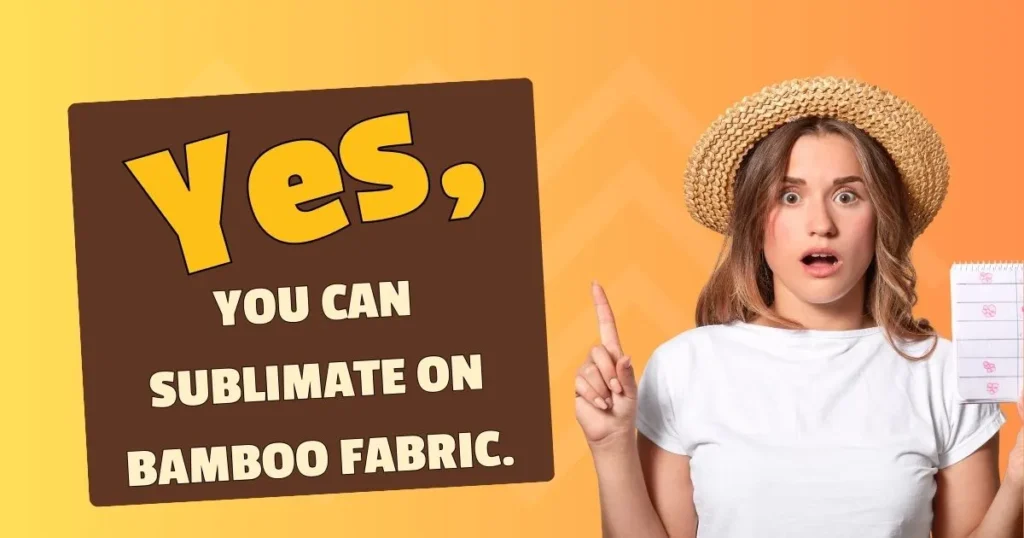
Understanding Bamboo Fabric
1) Coziness and Softness:
Think about clothes that are as soft as a teddy bear’s hug. That’s how bamboo cloth feels, then! Because it’s so soft, you might not want to take it off. Being in bamboo clothes is like being on a soft cloud, whether you’re at the park or at home.
2) Breathability:
When it was hot outside, have you ever felt too hot in your clothes? Bamboo clothes cool you down like nature’s air units. They let your skin breathe, so even when the sun is out, you stay cool and comfortable.
3) Antibacterial Properties:
It’s a secret that bamboo clothes can kill germs. Because they kill germs on their own, your clothes will stay fresh longer. It’s like having a little superhero in your closet!
Related Post: Can You Sublimate On Rayon
How Growing Bamboo Is Great for the Earth: A Renewable Resource
Bamboo grows so fast that you can’t even finish your job! It’s like a superhero plant that keeps coming back, which means we can save the world and make more clothes. Now that’s what we call a resource that can be used over and over again.
Low Effects on the Environment
Do you know that some things we do are bad for the Earth? Growing bamboo is kind of like taking care of a friendly giant. It grows without additives or a lot of water. That’s why it’s good for the Earth to use bamboo to make clothes.
The Process of Sublimation – Bamboo Fabric
Now picture turning your doodles on your favorite t-shirt into bright works of art. What you see there is sublimation printing, which is kind of like magic for clothes!
Here’s the trick: when heated, certain inks turn into gas and then blend into the cloth like magic. In a way, it’s like giving your clothes a wild, new look.
Benefits of Sublimation
What’s so great about this sublimation stuff? Well, it’s not just that the colors look great. Through sublimation, patterns are made that won’t wash off, peel, or fade. The way your clothes look after being washed stays cool and fresh.
Natural Fibers Can Be Used With It:
Now, sublimation doesn’t work well with all fabrics. But what do you know? One of the most important people at the sublimation party is bamboo cloth. It loves taking in those bright colors, and the result? A party that stays on your clothes!
Options for Customization:
Now comes the fun part. When you add bamboo to the mix of cool embossing materials, it changes everything. Bamboo fabric lets you make a lot of different kinds of clothes. Your clothes are your canvas. Add cool patterns and unique touches to make them your own.
Related Post: Can You Sublimate on Stainless Steel
Benefits of Sublimating Bamboo Fabric:
Now that we know what sublimation is and how amazing bamboo fabric is, let’s look at the great things that can happen when you combine the two.
1) Customizing Clothes in an Eco-Friendly Way:
Imagine that the clothes you wear are not just clothes; they are a message for the world. You can give Mother Earth a high five and look good at the same time with bamboo fabric embossing. Because no harmful chemicals are used in the process, the clothes you choose are eco-friendly and good for the earth.
2) Green Printing on Bamboo Fabric:
Drawing big and bright things on clothes is the coolest thing about them. Doing it in a way that doesn’t harm the environment is important! Your clothes will stand out and show that you care about the environment if you use green patterns on bamboo fabric. It looks good and is good for the Earth.
3) Long-Term Dye Sublimation:
Have you ever thought about how dying clothes affect the environment? You don’t have to worry about bamboo cloth sublimation. The process is pretty easy on the Earth.
Since the inks are water-based, they are better for the environment than traditional dyeing processes. Now your bright clothes can be good for the environment and look great at the same time.
4) Connection to Eco-Friendly Fashion Trends:
Being ahead of the curve is cool, but being ahead of the curve with a reason is even cooler. You can join the rising trend of eco-friendly fashion with bamboo fabric sublimation.
Not only do you want to look good, but you also want to make a choice that fits with your standards of sustainability and responsible living.
Related Post: Can You Sublimate on Canvas
Difficulties and Factors to Consider During Bamboo Fabric Sublimation:
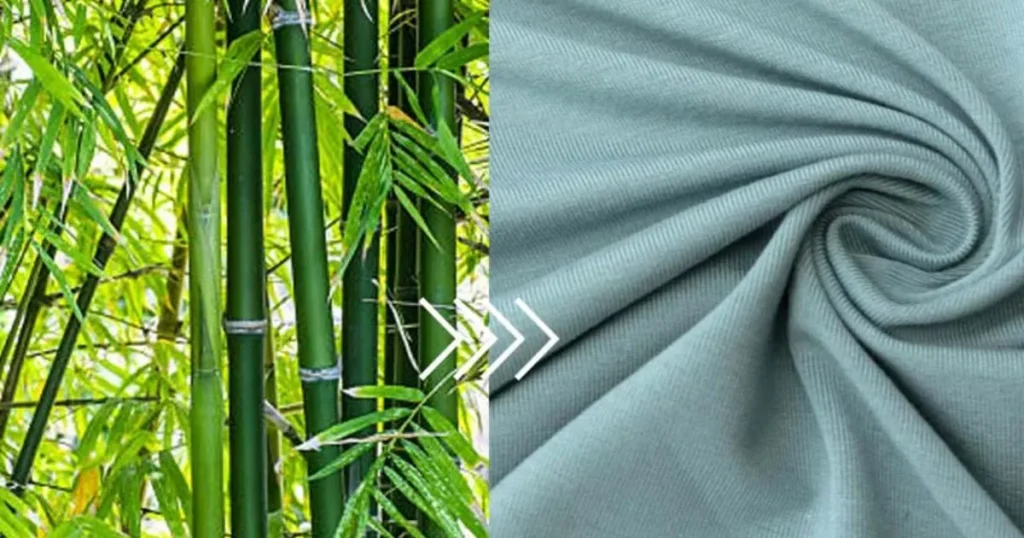
1) Bamboo Fabric Affordability and Availability:
You may now be wondering, “Is bamboo fabric easy to find, and can I afford it?” Very good questions! Even though bamboo fabric is getting more famous, you might not see it as often as other fabrics.
It may not always be available, and it may cost more sometimes. But as the need for environmentally friendly solutions grows, more affordable ones will appear.
2) The Advantages of Sublimating Bamboo Fabric:
Let’s talk about real life. How useful is it to be able to make clothes with bamboo fabric sublimation? Even though the bamboo cloth is soft and comfortable, it can be a little fragile.
So, you need to be very careful with it. If you don’t use strong chemicals or high heat when you wash your clothes, they will last longer. It’s like being good at gardening but for clothes!
3) Keeping Style and Sustainability in Check:
The hard part is finding the right balance between style and economy. Sublimation on bamboo fabric is an eco-friendly way to make changes, but it can take some time to find the right mix.
It might take some research and careful thought to make sure that your fashion decisions are in line with your environmental values.
Related Post: Sublimation On Glass
How to Sublimate Bamboo Fabric at Home:

A Quick Look at the Process
Get Your Stuff Together:
A t-shirt or hoodie that is blank on the bamboo side, transfer ink, and a heat press.
Create Your Masterpiece:
Do not hold back your imagination! Use tools that work with sublimation to design your art on a computer.
Equipment and Materials Needed:
1)Sublimation Printer:
If you want to put your designs on paper, you should buy a good sublimation printer.
2)Heat Press Machine:
Using heat and pressure, this magic machine will move your image from paper to bamboo fabric.
3)Sublimation Inks:
When heated, these inks turn into gas and stick to the bamboo cloth, making designs that last for a long time.
Related Post: Can You Sublimate On Burlap?
Suggestions for Sublimating Bamboo Fabric Successfully:
Controlling the Time and Temperature:
Follow the directions that came with your heat press to get pictures that are bright and last a long time.
Your Bamboo Canvas Should Be Pre-Treated:
Do a quick pre-treatment on your bamboo cloth to help the ink stick better.
Related Post: How to Sublimate on Leather
Bottom Line: Can you Sublimate on Bamboo Fabric
Let’s review the amazing journey we’ve been on as we come to the finish of the study into the Eco-Friendly Elegance of Sublimating on Bamboo Fabric.
First, we learned about the magic of eco-friendly fashion and the wonderful comfort and flexibility of bamboo cloth. Not only do you want to look good, but you also want to feel good while making choices that are good for the planet as a whole.
After that, we learned about sublimation printing, which can turn your clothes into unique works of art. They have benefits, like bright patterns that last a long time and won’t fade after a few washes.
Our experience taught us that bamboo fabric isn’t just any fabric; it’s a sustainability fashion superhero. It’s soft, flexible, and antibacterial, making it the perfect material for your fashion projects.
But, of course, there are difficulties in every adventure. We talked about how easy it is to find and how much bamboo fabric costs, how useful bamboo fabric sublimation is, and how to find the right mix between style and sustainability.
These problems, on the other hand, are steps toward a more aware and well-informed fashion path.
We learned about the successes of brands and artists who have used bamboo fabric sublimation in our case studies. There are a lot of great options, from eco-chic activewear to fashion brands that get their ideas from nature.
We gave you steps for a do-it-yourself Bamboo Fabric Sublimation adventure for those who are ready to get artistic. You can now make your plain bamboo clothes into one-of-a-kind works of art, making your outfit more eco-friendly and unique.
FAQs about Can you Sublimate on Bamboo Fabric
FAQ
Last Updated on May 22, 2024 by Muhammad Haseeb


